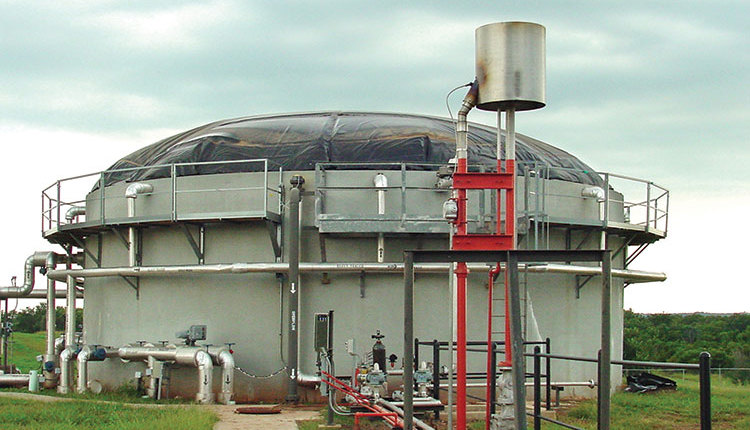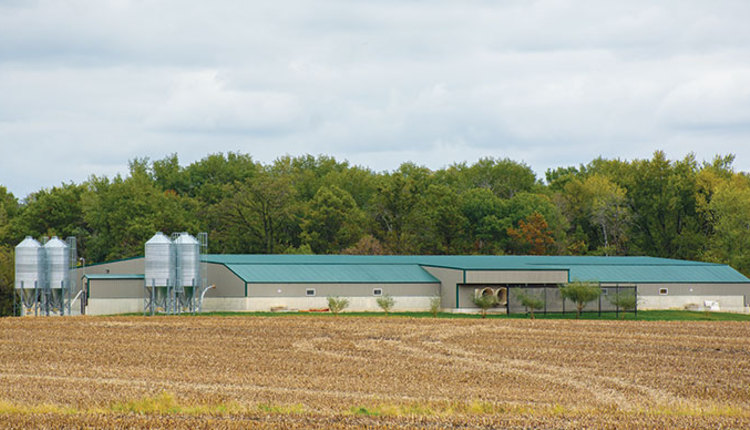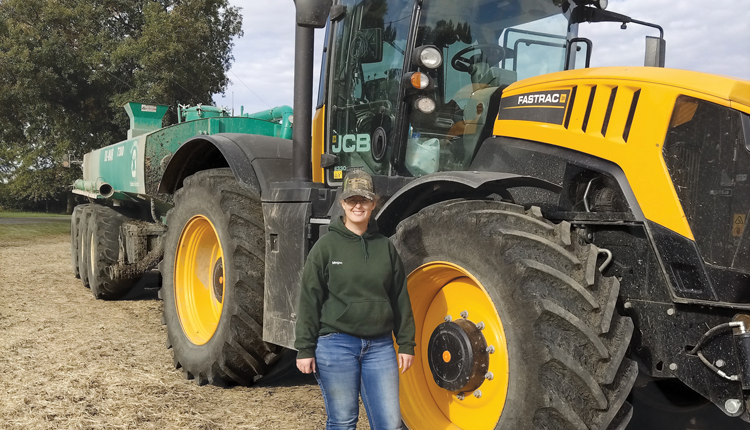
Biosecurity is food security, and food security is national security. In today’s world, this concept is even more crucial for producers and consumers.
In June, two Chinese students were arrested for bringing a foreign material, Fusarium graminearum, into the United States in a plastic bag within some pages of a book. This disease is already present in the United States and can be devastating to certain crops. It’s terrifying that something so small can be detrimental on a large scale. Their destination was the University of Michigan, and living in Ohio, that was too close to home for my comfort. This is one extreme example of violation of biosecurity, but opportunities for disease risk are all around us. Let’s look at a situation that could happen to a manure hauler.
A manure example
There was a biosecurity case involving manure that made its way to the Nebraska Supreme Court. The case, Ronnfeldt Farms v. Arp, was between two manure haulers and a sow facility. One manure hauler hired another to help complete the job in a timely manner. The sow facility later had a disease outbreak and sued the manure hauling companies, claiming proper biosecurity protocols were not followed, which in turn caused the outbreak. The case focused on who was responsible for communicating what details to which party.
The sow facility sought damages totaling $1.5 million. Could you or your company afford to pay that amount?
Keep it clean
What biosecurity practices should manure haulers implement? Each operation should have its protocols clearly outlined because it minimizes their risk. These practices can vary greatly, but here are some basics that every hauler should follow.
Respect the clean/dirty line. The “clean” side of the property is where anyone who is authorized to go into the barn parks their vehicle and follows a specified path to and from the vehicle to the barn. The “dirty” side is where a manure hauler should be working. This side contains all personnel, equipment, and walkways pertaining to the removal of manure. The line needs to be respected by all personnel at all times. This strategy is simple, effective, and key to a good biosecurity program.
Keep equipment clean. After manure application is finished, clean the equipment. It may not be realistic to carry around a pressure washer to thoroughly wash the equipment, but at the bare minimum, knock off the clumps of manure. If there is access to a water source, use a garden hose to remove the next layer of grime. Then, use a disinfectant on at least the tires. These are suggestions for the bare minimum.
The better option is to use a pressure washer after every job to completely remove every bit and piece of dirt and manure. Then, once the equipment is thoroughly cleaned, spray everything with a disinfectant. Pay attention to the disinfectant labels; some need to be washed off after they dry.
Here are few other biosecurity questions to consider:
• Is it possible to schedule jobs so that you are working at farms with alternating species?
• Can you carry a can of disinfectant in every vehicle so boots can be sprayed when the employee arrives for the day?
• Should the drivers be allowed to stop at the convenience store or restaurants during the day?
Protecting the food supply
This is your business; you choose the practices to implement. You are responsible for the decisions that address biosecurity concerns.
Biosecurity is not something that can be out of sight, out of mind. We as an industry play a key role in keeping our customers, their livestock, and our country safe. We must take that role seriously. America has the most cost-effective and safest food supply in the world. Let’s keep it that way.
This article appeared in the August 2025 issue of Journal of Nutrient Management on page 24.
Not a subscriber? Click to get the print magazine.








